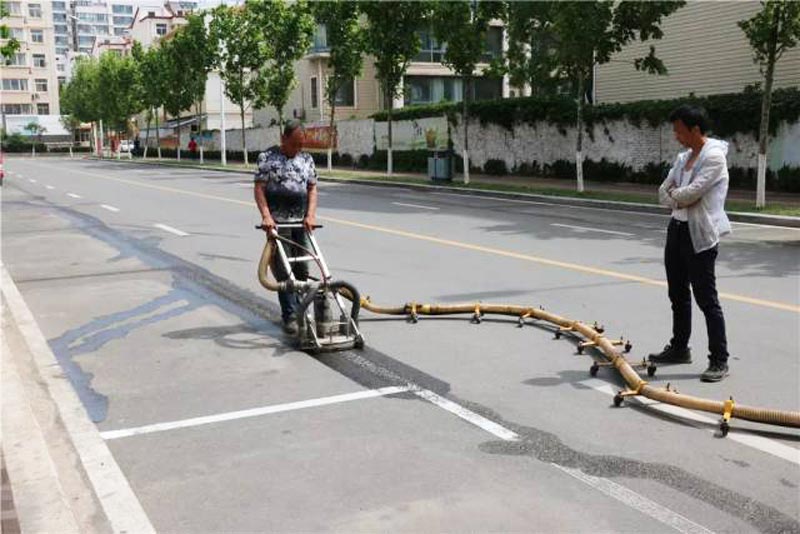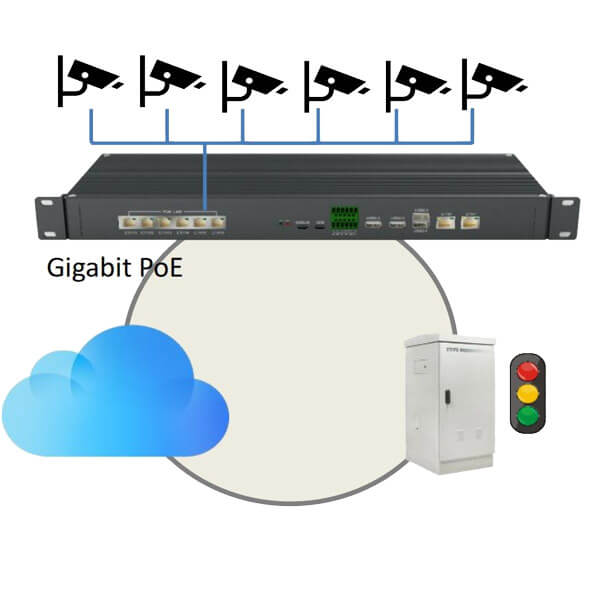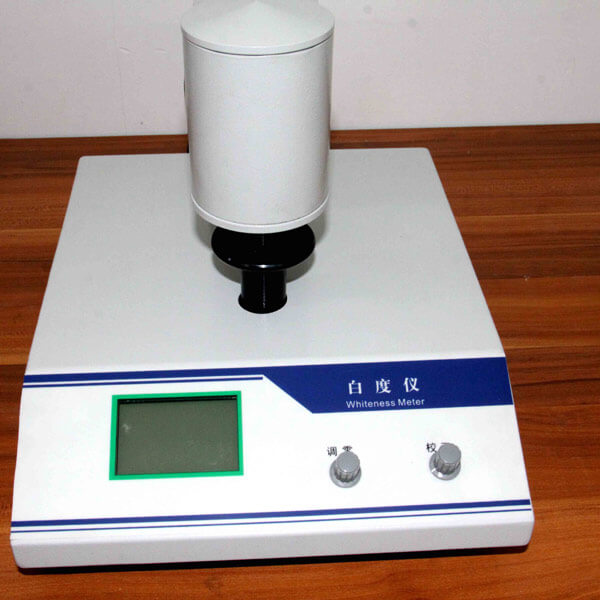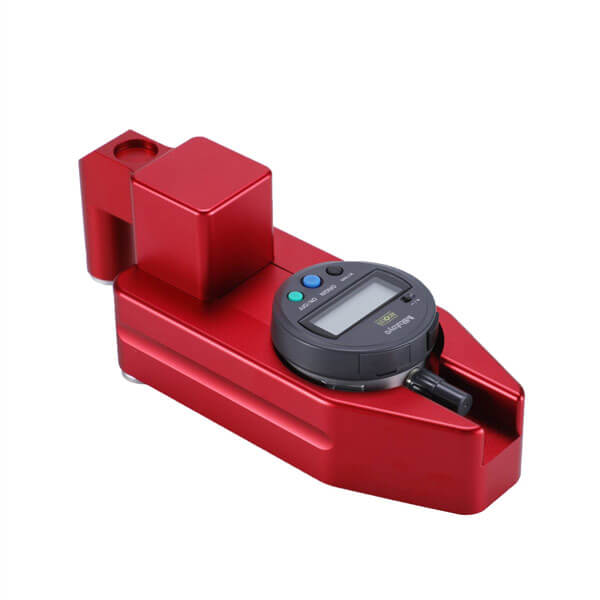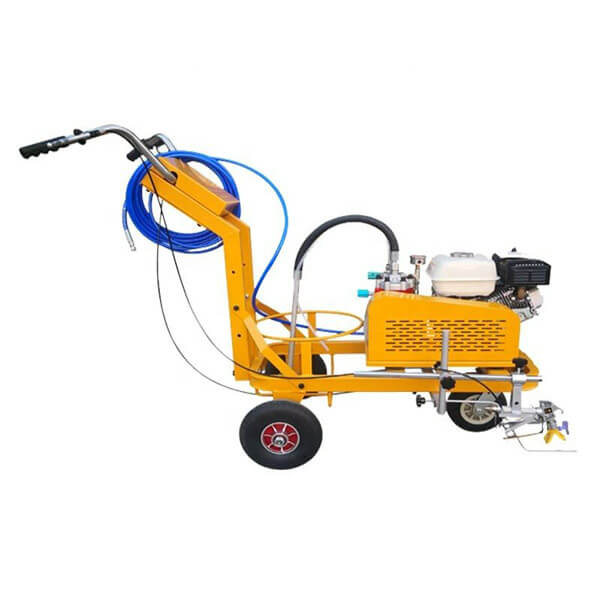Effective Methods for Removing Old Thermoplastic Road Markings
How to Remove Old Thermoplastic Road Markings
Over time, road markings wear out due to environmental and traffic conditions, making them less effective. When this happens, they need to be removed before applying new markings. If old markings conflict with new ones, they may cause confusion for drivers and impact road safety. Additionally, leaving old markings can affect the adhesion and reflectivity of new ones. Below are several common methods for removing old thermoplastic road markings:
1. Paint Over Method
One of the simplest and fastest ways to remove old road markings is by painting over them with black paint. However, as the paint wears off, the original markings may become visible again. This method is only suitable as a temporary solution and is not ideal for situations where new markings need to be applied directly over the old ones.
2. Grinding Method
Grinding is a widely used method for removing thermoplastic road markings. This technique involves using specialized steel cutters to scrape off the markings. The process is powered by a diesel engine that drives multiple rotating cutting blades to grind the marking layer. The selection of cutting blades and removal equipment depends on the road surface type and condition. The goal is to minimize road surface damage while effectively removing the markings.
3. Sandblasting Method
Sandblasting works by propelling abrasive particles at high speed to remove road markings. The key to this method is selecting the right type of abrasive material, which allows for effective cleaning without damaging the road surface. However, this method requires large air compressors and sandblasting machines, making it labor-intensive and less efficient. Additionally, the collection and disposal of used abrasive materials can be challenging.
4. High-Pressure Water Method
High-pressure water blasting is another method used to remove road markings. This technique involves using water jets at pressures ranging from 1200 to 2000 Pa to break down the marking material. A variation of this method involves mixing water with abrasives and applying it at a lower pressure (around 8 Kg/cm²) to remove markings. While this technique reduces pressure damage to the road, it generates more waste material, which requires proper disposal.
5. Manual Removal Method
The simplest but most labor-intensive method is manual removal using tools such as chisels, scrapers, and axes. This approach is only practical for small-scale removals. In cases where a large area needs to be cleared, mechanical marking removal machines are preferred. If recently applied markings need to be removed due to errors, they can be softened using a heating torch and then scraped off manually.
Conclusion
There is no single perfect method for removing old thermoplastic road markings. Each method has its advantages and limitations. The choice of technique depends on factors such as the extent of removal required, road surface condition, and cost considerations. For small-scale removal, manual scraping may be sufficient, while large-scale projects may require specialized machinery.


